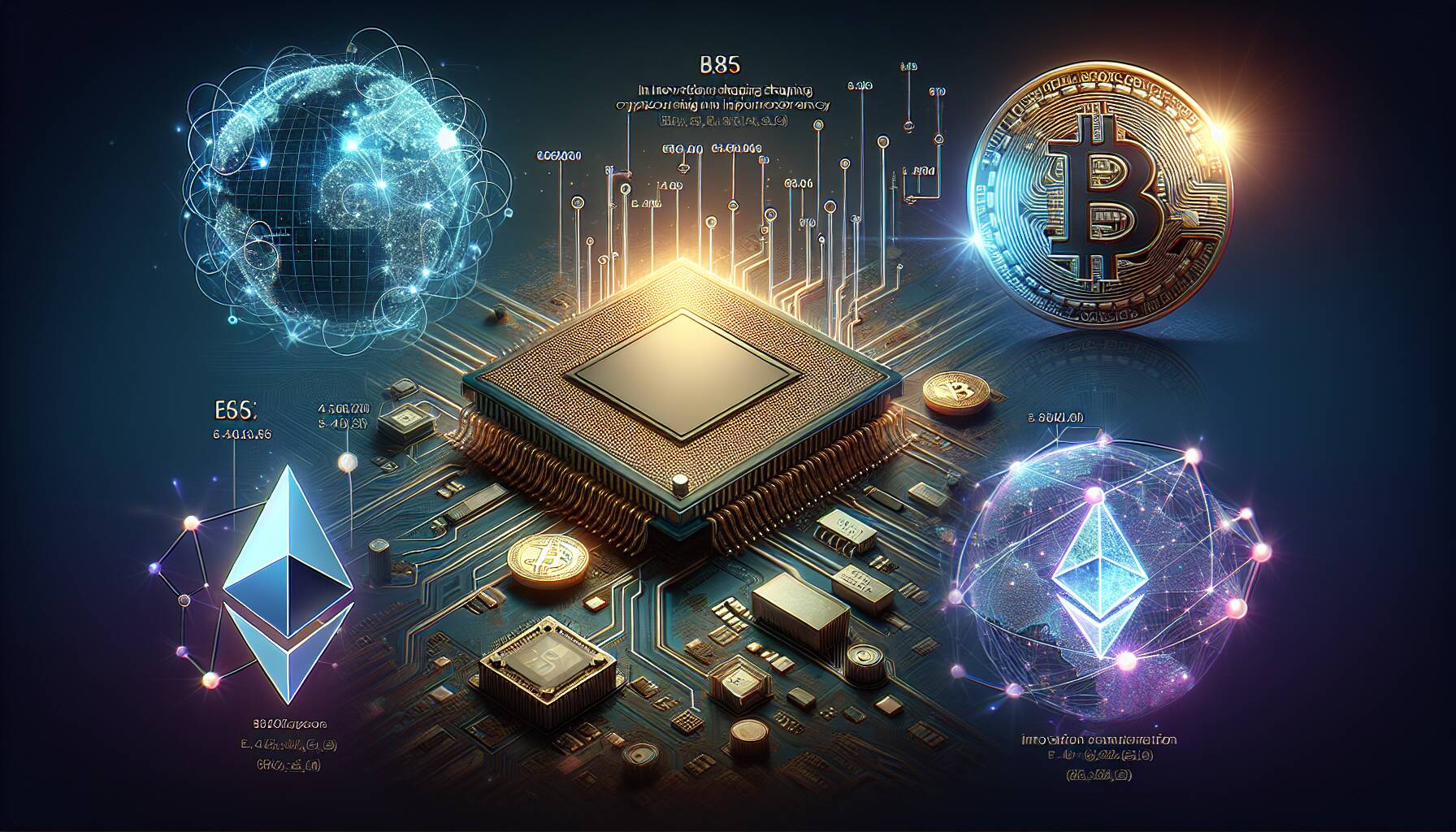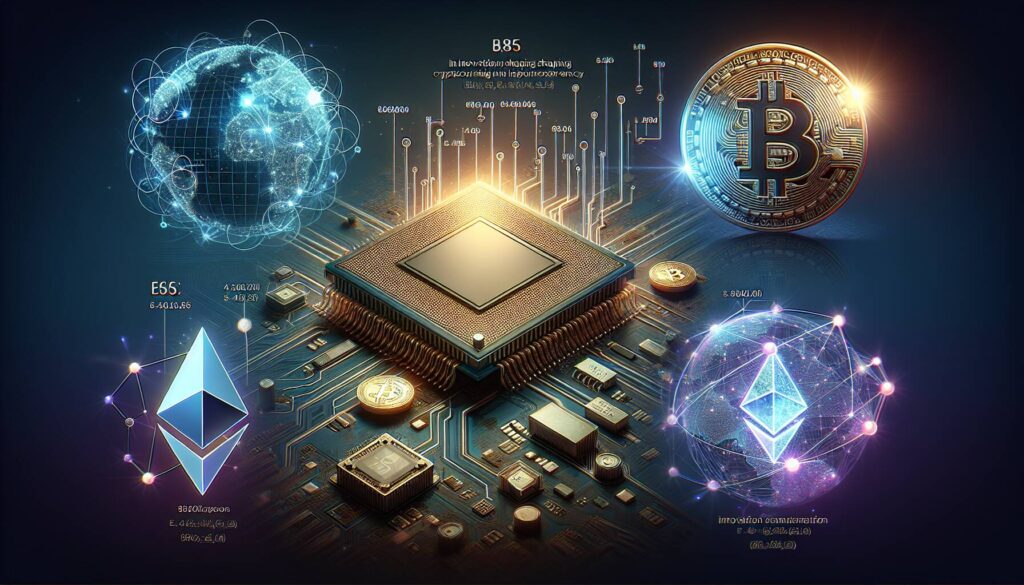In a vibrant week for the cryptocurrency landscape, CoinDesk’s The Protocol shines a spotlight on significant developments shaping the industry. From Ethereum’s reflective ten-year milestone to Linea’s ambitious updates and Square’s innovative Bitcoin payment solutions, the crypto world continues to evolve. Ethereum, hailed as the “World Computer,” celebrates a decade of transformative contributions to finance and technology, showcasing resilience amid fluctuating markets. Linea is set to deepen its integration within Ethereum, introducing measures to enhance its ecosystem and even burn ETH with each transaction. Meanwhile, Solana players are introducing a fresh vision for decentralized finance, called “Internet Capital Markets,” aimed at optimizing transaction efficiency. As major companies like Square venture into Bitcoin payments, the landscape appears promising, with institutional interest rapidly increasing.
With a growing number of use cases and the dawning era of decentralized finance, the cryptocurrency sector is experiencing a surge of innovation that is capturing both attention and investment from all corners of the market.

The Protocol: Key Points from the Weekly Wrap-up
Here are the most important aspects of recent developments in cryptocurrency technology:
- Ethereum’s 10-Year Impact:
- Ethereum has evolved from a basic cryptocurrency to a “World Computer,” influencing finance, culture, and software.
- The recent price increase of ETH signals renewed interest and investment in Ethereum.
- Continued growth in decentralized finance (DeFi) and the emergence of new use cases, such as tokenization and stablecoins.
- Linea’s Upgrades:
- Introduces ETH-native staking and a mechanism to burn ETH with each transaction.
- Aims to attract institutional interest and enhance Ethereum’s integration into traditional finance.
- Promotes deflationary pressure on Ethereum supply through transaction fee allocations.
- Solana’s New Roadmap:
- Aims to create “Internet Capital Markets” focused on decentralized financial applications.
- Highlights the importance of market microstructure and control over transaction execution.
- Introduces Application-Controlled Execution (ACE) to enhance transaction efficiency in smart contracts.
- Square’s Bitcoin Integration:
- Begins rollout of Bitcoin payments for merchants using the Lightning Network.
- Targets full availability by 2026 to enhance real-time payment capabilities with BTC.
- Legislative Developments:
- New bill by Senator Cynthia Lummis allows cryptocurrency holdings to be considered for mortgage collateral.
- Encourages young Americans to leverage digital assets for home ownership opportunities.
Comparative Analysis of Recent Developments in Cryptocurrency Technologies
The cryptocurrency landscape has witnessed significant advancements recently, outpacing traditional financial paradigms and creating both opportunities and challenges for investors and institutions alike. Ethereum, celebrating its tenth anniversary, stands as a beacon of innovation, offering a robust foundation for decentralized applications that have reshaped finance and culture. Its reach extends beyond simple transactions to complex programmable contracts, gaining traction with the ascent of institutional investments. However, Ethereum’s scalability issues and gas fees are still substantial concerns that may deter new users and smaller projects from fully engaging with its ecosystem.
Conversely, Linea’s new protocol features seem poised to capitalize on these weaknesses. As a layer-2 network, it plans to introduce transaction efficiencies and a deflationary model by burning ETH with each interaction. This innovative approach not only aims to enhance overall transaction speed but also underlines a commitment to sustainable network growth. By allocating 85% of its token supply for ecosystem development, Linea could significantly enhance Ethereum’s usability. This strategy might appeal to developers seeking a more cost-effective solution, but it also raises questions about market saturation and dependency on Ethereum’s framework, possibly alienating projects that wish to innovate independently.
Meanwhile, Solana’s ambition to redefine financial markets with its “Internet Capital Markets” roadmap showcases its intent to address fundamental inefficiencies in transaction handling. By prioritizing application-controlled execution, Solana could potentially outmaneuver Ethereum and Linea in delivering superior user experiences. However, Solana’s prior challenges with network outages may linger in investor sentiment, possibly hindering immediate adoption despite its promising features. This could benefit Ethereum, as traditional investors may seek stability over rapid innovation, creating a dual-reliance on both ecosystems.
Finally, Square’s foray into Bitcoin payments presents an intriguing development for retail investors. With the integration of Bitcoin payments through its platform, Square not only democratizes access to cryptocurrency transactions but also positions itself as a bridge for traditional merchants to engage with digital assets. This move could spark wider acceptance of Bitcoin in everyday transactions; however, this could create competition for Ethereum and others looking to establish their niche in the payment processing sector. Retailers who adopt these tools may find a more dynamic customer base, but they could also face risks associated with market volatility and regulatory scrutiny that could discourage broader implementation.

















